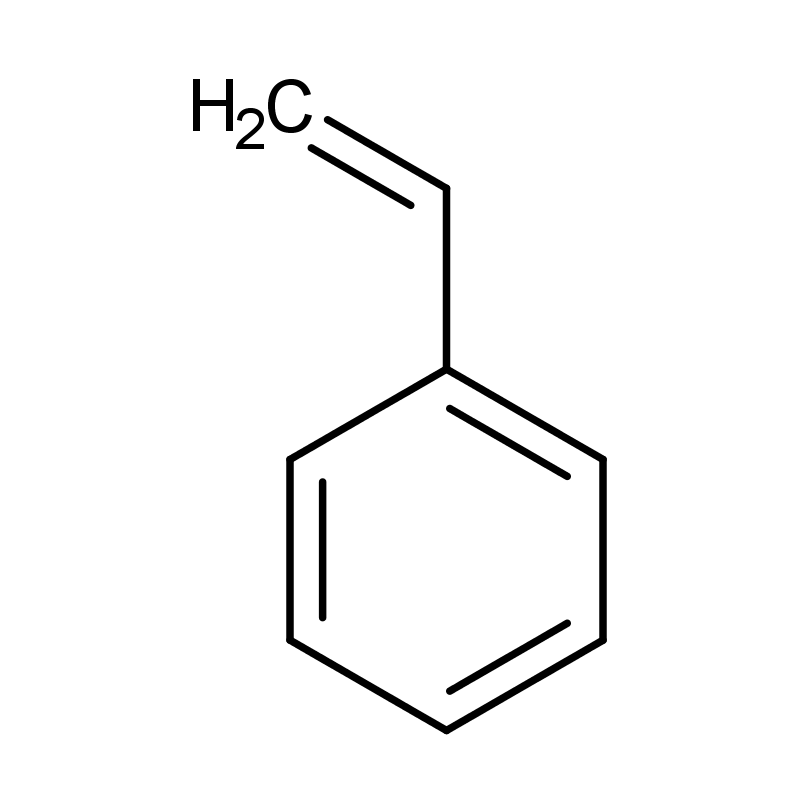-
Categories
-
Pharmaceutical Intermediates
-
Active Pharmaceutical Ingredients
-
Food Additives
- Industrial Coatings
- Agrochemicals
- Dyes and Pigments
- Surfactant
- Flavors and Fragrances
- Chemical Reagents
- Catalyst and Auxiliary
- Natural Products
- Inorganic Chemistry
-
Organic Chemistry
-
Biochemical Engineering
- Analytical Chemistry
-
Cosmetic Ingredient
- Water Treatment Chemical
-
Pharmaceutical Intermediates
Promotion
ECHEMI Mall
Wholesale
Weekly Price
Exhibition
News
-
Trade Service
●As domestic companies have invested in the construction of new plants, it is expected that by 2025, it will exceed 4.
5 million tons per year, and the average annual growth rate will still exceed 20%
.
●China's polycarbonate industry presents a situation of low-end overcapacity and high-end products relying on imports
.
●As one of the domestic PC leaders, Luxi Chemical currently has an annual production capacity of 300,000 tons of PC, accounting for about 17% of the country's total.
It will make up for the shortcomings of upstream raw materials (unit consumption of 0.
9 tons), and at the same time, the remaining products can be sold externally
.
As an important member of the engineering plastics family, polycarbonate has a wide range of applications because of its remarkable features such as high transparency, high impact resistance, and heat resistance
.
Internationally, the world's polycarbonate production capacity is developing rapidly, reaching about 6 million tons/year in 2020
.
In China, according to statistics from relevant departments, China's polycarbonate production capacity has grown rapidly in the past five years, from about 600,000 tons per year in 2015 to nearly 1.
8 million tons per year by the end of 2020, with an average annual growth rate of more than 20%
.
Although China's polycarbonate industry has achieved rapid development, it is generally in the cultivation stage, and there are still many problems and deficiencies, among which the more prominent is the homogenization of products - on the one hand, the production capacity of low-end products is released, showing excess On the other hand, high-end products still rely on imports
.
In addition, with the continuous advancement of the plastic circular economy, the voice of the "plastic restriction order" is constantly rising, and the sustainable development of the polycarbonate industry is also facing new challenges
.
Overall, in the next few years, the original main consumption areas of polycarbonate in China, such as electrical and electronic products, hollow sun panels, non-disposable drinking water buckets and food containers, will continue to maintain a steady growth momentum, and cutting-edge applications will focus on high-tech products.
Performance composite materials, such as 5G-related applications, new energy, aerospace, optical components, optoelectronic information,
etc.
In the next few years, China's polycarbonate production capacity will show a "blowout growth", which will promote the rapid development of China's polycarbonate industry
.
On the other hand, although a large number of repeated constructions can meet the market demand for the commercialization of low-end and mid-end products, it is also likely to lead to overcapacity in the industry as a whole
.
Therefore, the polycarbonate industry as a whole needs benign guidance and regulation, and it is imperative to prevent excessively low-level and low-quality production capacity
.
The state should encourage the development of medium and high-end polycarbonate products in a targeted manner, so as to avoid the unfavorable situation of structural shortage of high-end products in the future due to the overall overcapacity
.
At the same time, the industry is also facing environmental challenges
.
At the government level, it is necessary to increase industry and industry publicity, take various measures to deal with plastic pollution, actively encourage more relevant parties to participate in the process of mechanical and chemical recycling of polycarbonate, take sustainable development as its own responsibility, and create A green future for the industry
.







